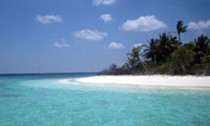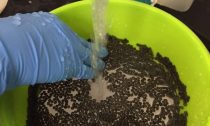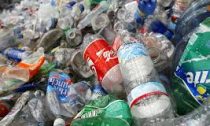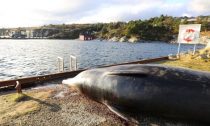
The 5 Gyres Institute’s pilot program takes high school students on ocean expeditions to show them how to collect and analyze plastic trash – with the goal of inspiring careers as scientists, policymakers and advocates.
On a bright, clear morning last week, the water was calm and flat at the Newport Beach marina in Southern California. It was the perfect day for seeing marine life in the Pacific Ocean – and for collecting plastic, according to Marcus Eriksen, cofounder and research director of the 5 Gyres Institute, a Los Angeles-based ocean conservation nonprofit.
As Eriksen stood on the top deck of the Newport Legacy, a whale watching boat, 50 students and a few teachers from Animo Venice Charter High School climbed on board the lower deck...
Read More










Social Profiles